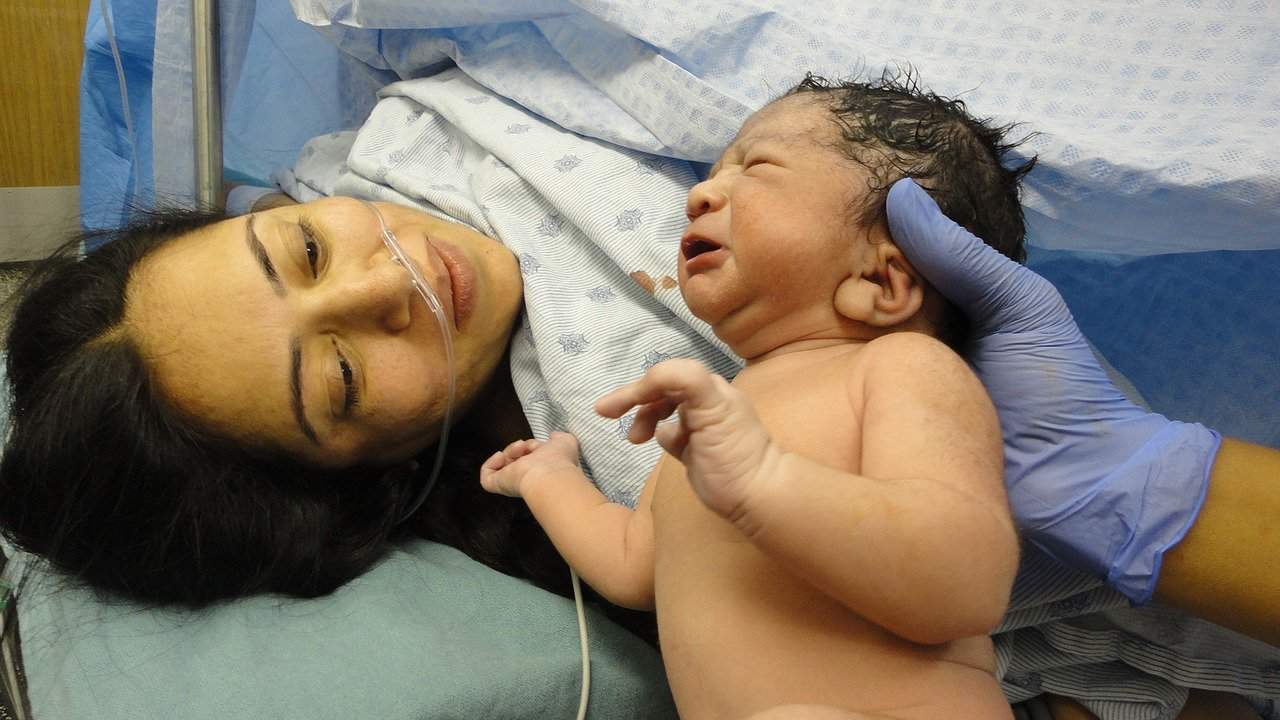Contents:
- Medical Video: Fibroids & Pregnancy
- Overview of the myoma
- How to treat myoma recommended by a doctor
- 1. Take ibuprofen
- 2. Underwent hormone therapy
- 3. Fibroid embolization
- 4. Surgery for myomectomy
- 5. Hysterectomy
- 6. Undergoing endometrial ablation
Medical Video: Fibroids & Pregnancy
Although not potentially cancerous, myoma can cause symptoms that make most women uncomfortable even to anemia due to loss of blood during menstruation. If you have this condition, there are several ways to treat myoma that your doctor may recommend. Here's the full review.
Overview of the myoma
Myoma is a benign tumor consisting of smooth muscle myometrium. The growth of muscle cells in the uterus is not normal, forms a coil, and will clot like a ball.
This condition can cause symptoms or not; and will shrink by itself after menopause or after pregnancy. Some of the symptoms that appear include heavy bleeding during menstruation, menstruation more than a week, constipation, pain in the hips, back, and legs.
Although it will not become cancerous, you still have to regularly monitor the growth of myoma. Especially when the symptoms are very severe and disturbing.
How to treat myoma recommended by a doctor
Does myoma need to be overcome? Myoma growth is sometimes not realized by some women. Because this condition sometimes does not cause any symptoms. In this case, myoma may not need to be treated anything.
Conversely, if the myoma causes pain and risks causing complications, the myoma needs to be treated. The doctor may recommend several ways to treat myoma, both to reduce symptoms and prevent the myoma from growing bigger.
1. Take ibuprofen
To reduce pain in both the legs, back, and hips, the doctor will give pain relievers such as ibuprofen. However, make sure you follow the instructions and rules for taking medication. Because this drug should not be used in the long term.
2. Underwent hormone therapy
If ibuprofen has no effect, your doctor will recommend you consider taking hormone therapy. Doctors still prescribe birth control pills, to control severe bleeding and prevent anemia, although the drug will not affect the size of the myoma.
In addition to birth control pills, GNRH (Gonadotropin Releasing Hormone) can be given to myoma patients to shrink the myoma and reduce heavy bleeding. But this hormone drug should not be used for more than 6 months because it will increase osteoporosis.
Likewise, the SERM (selective estrogen receptor modulator drug) will reduce the size of the myoma. However, the use of this drug is not yet known whether it is effective or not as a way to treat myoma.
3. Fibroid embolization
Fibroid embolization is a method of shrinking myoma by injecting polyvinyl alcohol (PVA) through an artery. This drug will block the blood supply to the myoma so that its size will gradually shrink.
This is not an operation, but requires the patient to be hospitalized. After injection, the patient will likely experience symptoms of nausea, vomiting, pain, and weakness in the first few days.
4. Surgery for myomectomy
This step does not use drugs, but through a surgical procedure to remove the myoma. The method is to dissect the abdomen by using a hysteroscope or laparoscope to remove the myoma without having to make a large incision in the patient's stomach.
Myomectomy will be highly recommended if patients have plans to get pregnant. Unfortunately, this operation will cause scarring, which increases the risk of infertility. After this procedure, the myoma may grow back if not removed as a whole.
5. Hysterectomy
Just like myomectomy, hysterectomy is also a surgical procedure. The difference is that a hysterectomy will remove the uterus completely so the myoma will not form again.
This procedure can be done by making a large incision in the abdomen or by laparoscopy. This method of treatment will usually be recommended for women who no longer want to have children.
6. Undergoing endometrial ablation
This procedure can destroy the uterine lining to reduce bleeding due to the myoma. How, special devices that have electric current or microwave energy will be inserted into the uterus. After the abnormal growth layer of the uterus is destroyed, the intense blood flow that comes out during menstruation can be overcome.


















